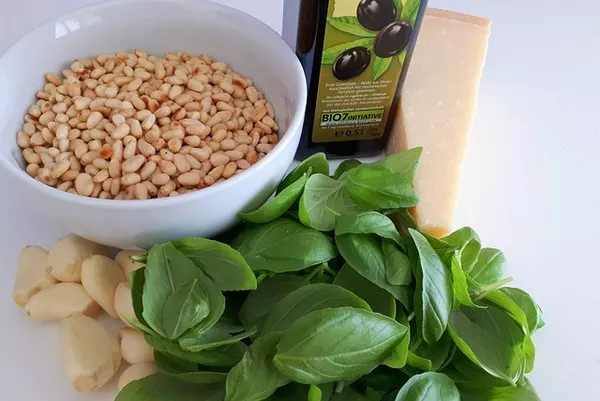Basil, with its aromatic leaves and distinct flavor, is a beloved herb in kitchens worldwide. It’s a staple in Italian cuisine, often featured in pesto sauces, and can elevate a simple tomato salad to new heights. While basil leaves are commonly used in cooking, there’s often a question that lingers among home cooks and gardening enthusiasts: Can you eat basil flowers? In this article, we will delve into the world of basil flowers, exploring their culinary potential, taste, and various ways to incorporate them into your dishes.
The Blossoming Basil
Before we explore whether basil flowers are edible, it’s essential to understand the anatomy of the basil plant. Basil (Ocimum basilicum) is an herb that typically grows as a compact bushy plant with green, aromatic leaves. However, as basil matures, it produces delicate, beautiful flowers that can vary in color from white to pink or purple, depending on the basil variety.
Basil flowers usually appear in the late stages of the plant’s life cycle, often signaling the end of the growing season. These flowers are not just visually appealing but also possess a mild, sweet aroma that can add a unique dimension to your culinary creations.
Are Basil Flowers Edible?
The short answer is yes, basil flowers are edible. In fact, they are entirely safe to consume and can be a delightful addition to your dishes. Basil flowers carry a flavor profile reminiscent of the basil leaves but with a milder, more delicate taste. Many people describe the taste of basil flowers as slightly sweeter and less pungent than basil leaves, making them a versatile ingredient in both savory and sweet dishes.
Culinary Uses of Basil Flowers
Garnish and Decorations: Basil flowers are often used as an attractive garnish for various dishes. Their vibrant colors and delicate appearance can elevate the visual appeal of salads, appetizers, main courses, and even desserts. Scatter some basil flowers over a caprese salad, pasta dish, or a creamy soup to make your culinary creation pop.
Infused Oils and Vinegars: Create infused oils or vinegars with basil flowers to add a hint of basil’s unique flavor to your dishes. Simply place fresh basil flowers in a bottle of olive oil or vinegar and allow them to infuse for a few weeks. These infused oils and vinegars can be used in salad dressings, marinades, or drizzled over grilled vegetables.
Herbal Teas: Basil flower petals can be used to make herbal teas that are both refreshing and fragrant. Simply steep the petals in hot water for a few minutes to enjoy a soothing basil-infused beverage. You can add honey or lemon for extra flavor.
Pesto Variations: While traditional pesto is made primarily with basil leaves, you can experiment by incorporating basil flowers into your pesto recipe. They provide a subtle sweetness and a unique floral note that can complement the other ingredients in your pesto.
Floral Ice Cubes: Freeze basil flowers in ice cubes for an elegant touch to your beverages. These floral ice cubes are excellent additions to cocktails, iced teas, or even plain water, infusing a delicate basil flavor as they melt.
Herb Butter: Whip up a batch of basil flower-infused butter by mixing finely chopped basil flowers into softened butter. This herb butter can be used to enhance the flavor of grilled meats, seafood, or simply spread on fresh bread.
Harvesting and Storing Basil Flowers
To make the most of your basil flowers, it’s essential to harvest them at the right time. The best time to pick basil flowers is when they are just starting to bloom or have partially opened. At this stage, they are at their most flavorful and aromatic.
When harvesting basil flowers, use clean, sharp scissors or pruning shears to snip the flower stems just above a pair of leaves. This will encourage the basil plant to continue producing flowers. Be sure to remove any damaged or discolored petals before using them in your dishes.
Basil flowers are delicate and can wilt quickly, so it’s best to use them as soon as possible. If you need to store them, place them in a container lined with a damp paper towel, cover with plastic wrap, and store in the refrigerator for up to a week. However, using them fresh is always preferable to maximize their flavor and fragrance.
Conclusion
In the world of culinary exploration, basil flowers are a delightful discovery. These edible blossoms not only add a burst of color but also impart a mild, sweet basil flavor to your dishes. From garnishes to infused oils and herbal teas, basil flowers offer a versatile range of culinary possibilities. So, the next time you’re tending to your basil plant, don’t be too quick to pinch off those flowers; instead, consider incorporating them into your culinary creations to elevate your dishes to new heights of flavor and aesthetics. Enjoy the world of basil flowers and the culinary wonders they bring to your table.


